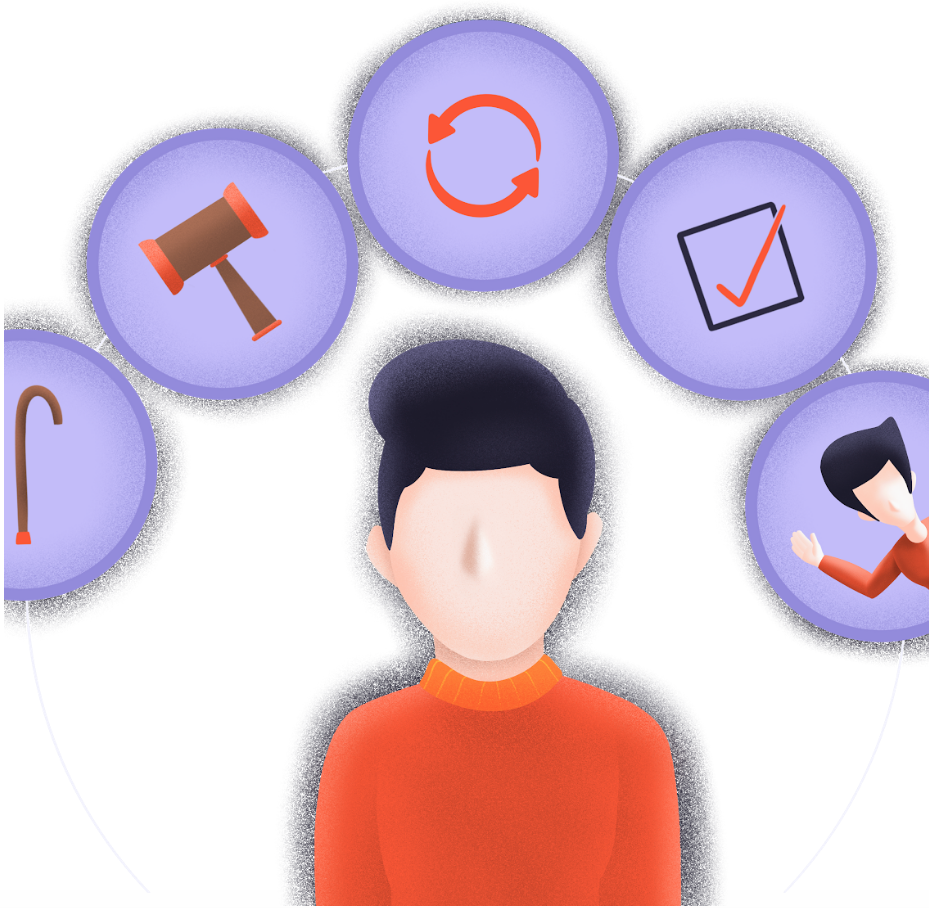“Our partnership with Dootrix has been fundamental to us translating our vision for Casedo into a reality.” George Harris, Head of Product for Casedo
One of the biggest challenges in creating new products is delivering genuine solutions to your customers. A Walker study found that by the end of 2020, customer experience will overtake price and product as the key brand differentiator, emphasising the need for authentic customer-centricity in product development.
To create the ideal user-centric experience, knowing your user is essential. There is no-one who understands this better than our clients Casedo, the tech start-up disrupting the legal industry.
Casedo is on a mission to create intelligent software with the single intention of making the lives of legal professionals easier. Their goal is to digitalise the caseloads of its users, helping them to work more efficiently. Future-proofing the legal industry with a paperless office.
We’ve worked in partnership with the team at Casedo to create a best in class digital productivity platform for legal professionals. With this in mind, we’ve compiled a list of 3 tips for startups trying to build a truly user-centric product:

1. Recruit a real user into your project team (if possible)
From the beginning, we worked collaboratively with George, Product Owner and Ross, the co-founder of Casedo, to bring their vision for Casedo to life. George spearheaded product development and is responsible for the product strategy for Casedo. Ross is a real-life barrister. His inspiration for Casedo came from his needs as a lawyer and realising he was lacking a legal toolkit comparable to the ones available to him in his previous work as a video editor.
We recognised the unique opportunity of having a genuine user on the team and we leapt at the chance to have Ross involved. By engaging our user from the start of the project, we had deep insights into the specific challenges, behaviours and needs of the people using the app, eg. Paralegals, Barristers and Solicitors. This helped us create a clear picture of what we wanted to achieve throughout the development process.
When developing a new product, you are looking to create something your potential user loves and if they're involved in the development, their ideas have helped shape it. The more you can involve your user in the process of making, whether you can bring a user into your agile ceremonies, or you can conduct regular user testing, the better, more user-centric product you will create.

2. Start with a design sprint
When creating a new product, you're striving to meet and exceed your user's expectations. There is no better way to grasp your progress against this, than by integrating a user into your design/development process. We were lucky to have someone on our project team who fell into our ideal user category. If you can’t do the same, another way to incorporate users early in the process is with a design sprint - an intelligent process which will take you from concept to high fidelity, user validated prototype in just 5 days.
Working collaboratively in a sprint, you can compress months of work into a single working week by instilling discipline into the decision-making process. Instead of waiting to launch a minimum viable product (MVP) to market to understand if your product will be effective for your users, you’ll get detailed user feedback from a high fidelity prototype.
You're able to then shape the future development of your product, with high-quality feedback from the audience you're striving to delight. We see it as a superpower: by using the sprint you can fast-forward into the future to see how your users engage with your final product, before making significant commercial commitments.
3. Continuous user testing
Once your MVP is out there, you’ll be raring to get stuck into the next phase of development. Expanding your features and improving the experiences you can offer your users.
We're advocates of agile/DevOps development where we’re engaging our entire team of engineers and testers in continuously testing new features as they’re developed. Having your user involved in the testing process allows for feedback, improvements and ideas in real-time.
The benefit of involving your user in an agile way means you can continue to utilise their insight to develop a better product. The role of the tester is clear: to test every possible instance and outcome to ensure quality is embedded in the product. Users involvement at this stage builds their understanding of the work you have done and allows you to test other variables.
This type of continuous testing allows for real-life execution of the product with varying factors and potential user demographics. It enables the user to see what works and what might need adapting.
In conclusion
When developing any new piece of software, you must ensure you know your user.
By taking the time to understand what drives user behaviour, their preferences and their expectations, you’re empowering yourself to create a more meaningful product. A genuine utility that solves the user’s challenge and fulfils their needs.
To create a user-centric product, you need to understand and consider the user throughout every step of development. Ensure their voice is always heard, and after all, they’re most important.
In our experience with Casedo, we understood the vision for the product and its importance. We followed the steps we’ve outlined above and this enabled us to create a product whose customers now include some of the most prestigious legal chambers and successful private law firms in the UK and has been nominated for a number of awards.
Contact us today to arrange a free product discovery workshop.





